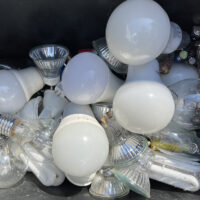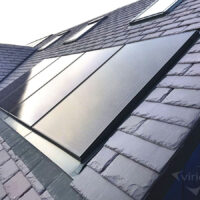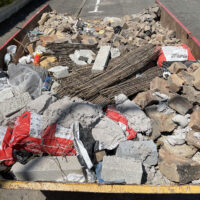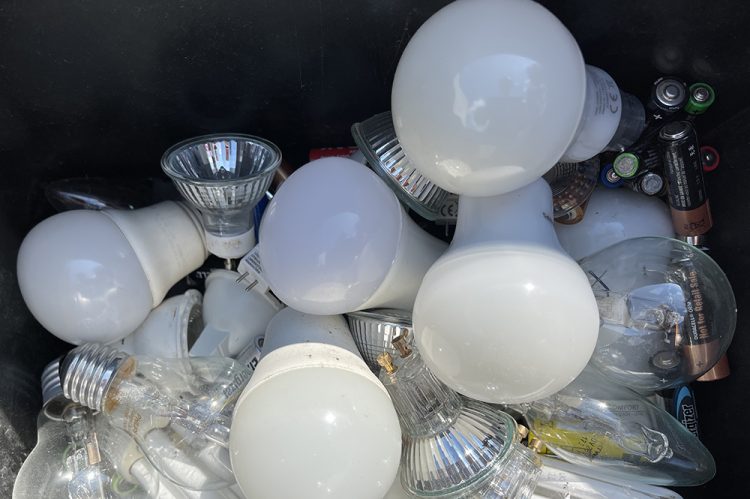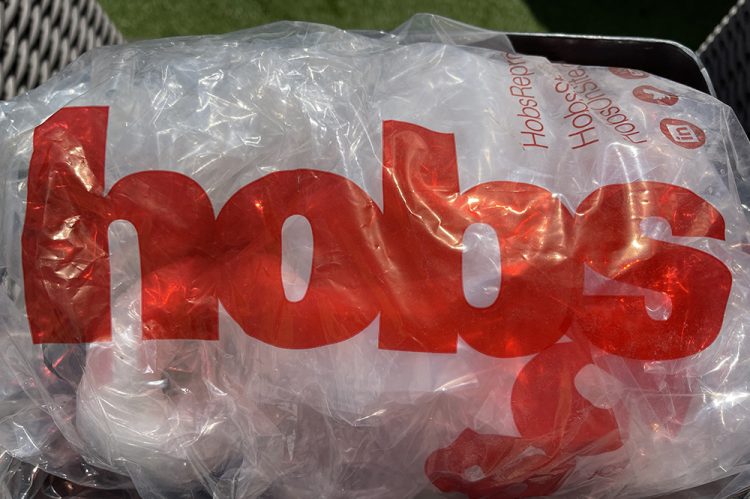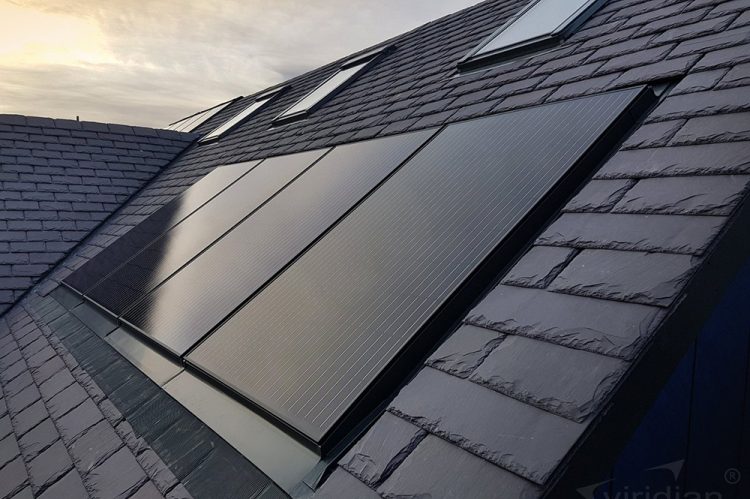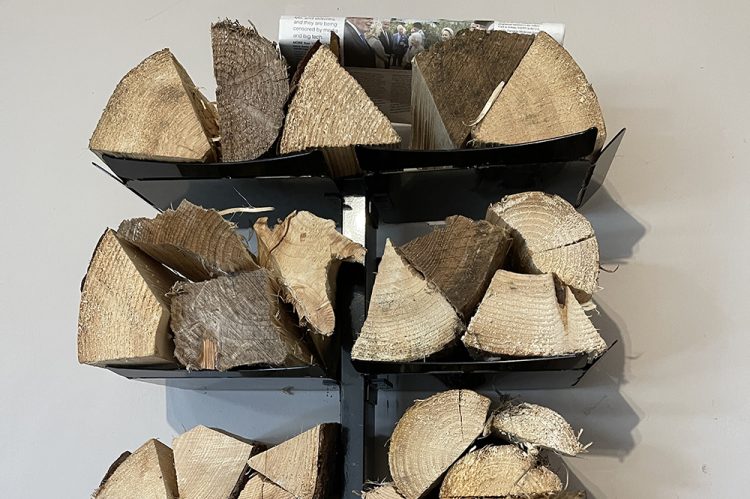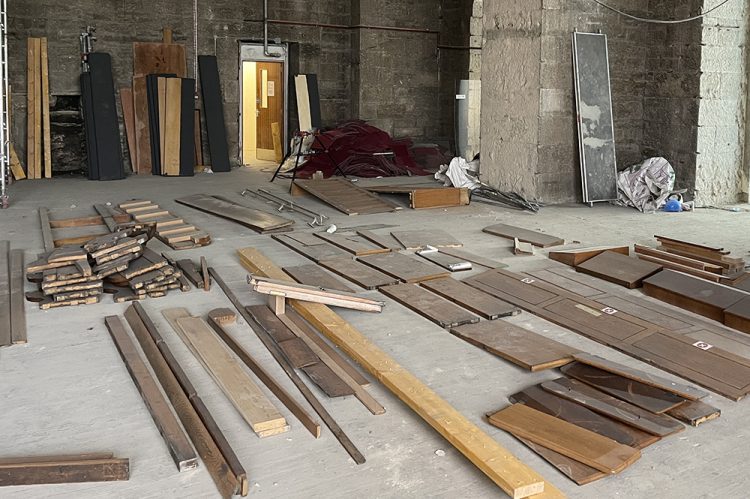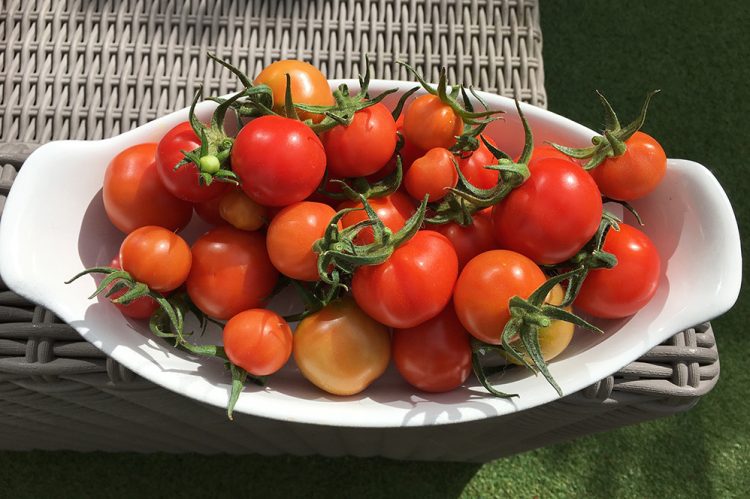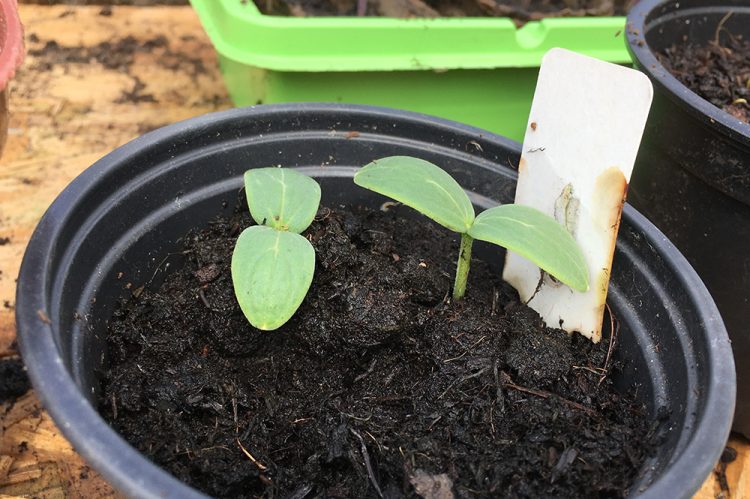Office Recycling and Less Waste
A whopping four-fifths (80%) of Scotland’s carbon footprint comes from all the goods, materials, and services which we produce, use, and often throw out after just one use. What’s more, around half of those emissions are produced overseas in countries poorer and more polluting than Scotland. Not good news. In today’s throwaway society, it’s all too easy to buy goods as and when we need them and simply bin them once they’ve served their purpose. A staggering amount of perfectly usable stuff ends up as waste – and it’s not just what we can see in the bin either.
In the practice of Architecture, the Team at MLA have set out policies to:
- Use digital messaging and create PDF drawings, rather than paper prints and encourage out clients not to print emails or drawings unless necessary.
- Recycle Single Use Plastics such as delivery bags from HOBS our print suppliers.
- Use rechargeable batteries in office equipment
- Purchase furniture only from suppliers that they will recycle.
- Buy less – repair and borrow where we can.
Carbon Footprint
Climate change and biodiversity loss are the most serious issues of our time. Buildings and construction play a major part, accounting for nearly 40% of energy-related carbon dioxide (CO2) emissions whilst also having a significant impact on our natural habitats.
Architects have a dual responsibility, firstly to act in an environmentally friendly way, while in the business of running a practice, and secondly to design and specify, for (and working collaboratively) with our clients in a fully sustainable process.
While running an architectural practice MLA have put measures in place to improve our corporate behaviour in the following areas:
- Energy use – Minimise the use of Fossil Fuels
- Energy use – Utilise Solar Energy
- Heat Loss – Insulate to increase Thermal Efficiency
- Equipment – Utilise Low Energy Equipment and lighting
- Plan – Phase out use of Fossil Fuels for heating.
- Recycle – Materials that are essential to business processes
Heating – Wood burning Stove – We purchase softwood logs from a sustainable source.
This local supplier is accredited with Woodsure -Assured Quality Woodfuel WS238. This is the UK’s only wood fuel quality assurance scheme.
Water Heating – Solar Panels – Solar Hot Water Panels were installed at our principal office in 2015.
Heat Loss Reduction – Additional Secondary Glazing was installed at our principal office in 2015.
Phasing out Gas Boilers – In early 2019, the Government announced a ban on gas boilers by 2025. It is our intention at MLA to phase out the use of natural gas in our principal office by 2025 by removing gas heat in favour of electric boilers
Travel – Electric Vehicle – It is our intention to purchase a company Electric vehicle in 2022.
Construction Waste
Waste from the construction sector accounts for more than half of the twelve million tonnes of waste disposed of to landfill in Scotland every year. Although recycling rates are increasing, construction and demolition waste is still a key component in Scotland’s National Waste Strategy. New legislation will require 70% of all construction waste to be recycled and 0% will be allowed to go to landfill.
Architectural practices like MLA are key players in the design process which can help meet these objectives.
Broadly speaking, their contribution can be met in three ways:
- By controlling and minimising waste arising from the preparatory demolition and construction of their buildings
- By specifying re-used, recycled, or reclaimed materials and systems, and
- By designing their buildings to be able to be easily and cheaply repaired, maintained, altered, and eventually dismantled.
The most effective way to reduce waste, and certainly the most economical, is to design it out from the start. Buildings can be designed such that they are easy to dismantle at the end of their life. This also enables the building to be easier and cheaper to repair and maintain and easier to alter and adjust throughout its lifespan.
One recent example of this on an MLA project was the reuse of beautiful English 100-year-old Oak Panelling in Parliament House which was in perfect condition.
Locally Grown Organic Food & Growing your own
The Team at Michael Laurie Architects are supporters of many local suppliers in our communities. For many years we have been supplied with organic food for both office and home use by East Coast Organics. They don’t use pesticides, GM crops or Air Freight and use electric vehicles to deliver produce that has been grown within a 20-mile radius of our home office.
Michael must have been inspired by watching the Good Life in his youth. There is nothing better that growing your own food. “Since setting up MLA I have been able to use my free time to plant and grow many fruits and vegetables in my garden which is often shared with colleagues, friends, and neighbours.”
Reducing Water Use
The shocking truth is that human beings in the western world currently use on average 3000 litres of fresh water per day. 50 litres on hygiene, 100 litres on washing, 150 litres in their work life and more than 2500 litres are used per person on the production of the food we eat.
Michael Laurie Architects Ltd are aware that the water sector is facing significant efficiency challenges. Our team are determined to work with our professional colleagues in the design team to assist our clients and to help them think as responsibly about water as they are beginning to do about all forms of recycling and energy saving.
https://www.wbdg.org/resources/water-conservation
There are several strategies that can be employed to reduce the amount of water consumed.
In general terms, these methods include:
- System optimization (i.e., efficient water systems design, leak detection, and repair);
- Water conservation measures; and
- Water reuse/recycling systems.
- More specifically, a wide range of technologies and measures can be employed within each of these strategies to save water and associated energy consumption.
These include:
- Water-efficient plumbing fixtures
- Irrigation and landscaping measures
- Water recycling or reuse measures
- Methods to reduce water use in HVAC systems.


